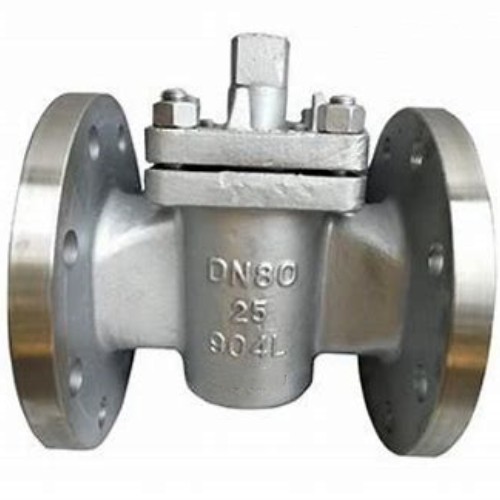Understanding Slip-On Flange Specifications for Optimal Piping System Performance and Application
Understanding Slip-On Flange Specifications
Slip-on flanges are widely utilized in various piping systems due to their simplicity and effectiveness in creating reliable connections. This article will provide a comprehensive overview of slip-on flanges, focusing on their specifications, advantages, and applications.
What is a Slip-On Flange?
A slip-on flange is a type of flange that is designed to slide over the end of a pipe. The flange has a slightly larger inner diameter compared to the outer diameter of the pipe, allowing it to slip over the pipe's end. It is typically secured in place with welding on the outer edge and may also use bolts to connect the two flanges which makes it versatile in many applications.
Specifications of Slip-On Flanges
The specifications for slip-on flanges are crucial for ensuring the correct performance and safety of the piping system. These specifications include
1. Material Slip-on flanges are commonly made from materials such as carbon steel, stainless steel, or alloy steel. The choice of material is important based on the application environment, corrosion resistance, and strength requirements.
2. Size Slip-on flanges come in various sizes, which are specified by their nominal pipe size (NPS). The standard NPS sizes typically range from 1/2 inch to 48 inches. It's essential to choose a flange that fits well with the pipe size to avoid leakage and pressure issues.
3. Pressure Rating Flanges are rated based on their pressure-temperature rating, which is categorized into classes such as Class 150, 300, 600, 900, 1500, and 2500. The pressure rating indicates the maximum pressure the flange can withstand at a specific temperature; thus, selecting the appropriate class is vital for the system's integrity.
4. Face Type Slip-on flanges can have different types of face configurations, including flat, raised, or ring-type joint faces. The face type should be selected based on the gasket used and the required sealing effectiveness.
5. Finish The flange surface finish can also vary, including options for rough, smooth, or polished surfaces. A proper finish is essential to ensure proper sealing and compatibility with gaskets.
slip on flange specification

6. Standards Various industry standards govern the specifications of slip-on flanges, such as ASME B16.5, which provides guidelines for flanges used in piping systems. It's advisable to refer to these standards for compliance and quality assurance.
Advantages of Using Slip-On Flanges
There are several advantages to using slip-on flanges in piping systems
- Ease of Installation Slip-on flanges are easy to install, as they do not require precise alignment like other flange types. This reduces installation time and labor costs. - Cost-Effective Generally, slip-on flanges are less expensive than other types due to their simpler design and manufacturing process.
- Versatility They can be used in a variety of applications across different industries, including chemical processing, water treatment, and oil and gas.
- Reduced Risk of Leakage When properly welded, slip-on flanges offer a strong and reliable seal, reducing the risk of leaks in pressurized systems.
Applications
Slip-on flanges are commonly used in various applications where strength and reliability are paramount. Typical applications include
- Transporting fluids and gases in pipelines - Connecting pipes to valves and other equipment - Utilized in waterworks, HVAC systems, and food processing industries
In conclusion, understanding slip-on flange specifications is essential for ensuring the optimum performance and safety of any piping system. By considering factors such as material, size, pressure rating, and compliance with standards, engineers and designers can make informed decisions that ultimately lead to reliable and efficient systems.
-
Breakthrough in Domestic Low Temperature Valve Technology in ChinaNewsAug.18,2025
-
From Machinery to Intelligent Brain: The Digital Transformation Wave of the Valve IndustryNewsAug.18,2025
-
PCVEXPO 2025NewsAug.18,2025
-
The Key to Fluid Control: Exploring the Advantages of Ball Valves in Industrial SystemsNewsJul.09,2025
-
The Versatile World of 1, 2, and 3 Piece Ball ValvesNewsJul.09,2025
-
Stainless Steel Ball Valves: The Ideal Choice for Efficient Flow ControlNewsJul.09,2025
-
Optimizing Fluid Control with Ball Float ValvesNewsJul.09,2025




